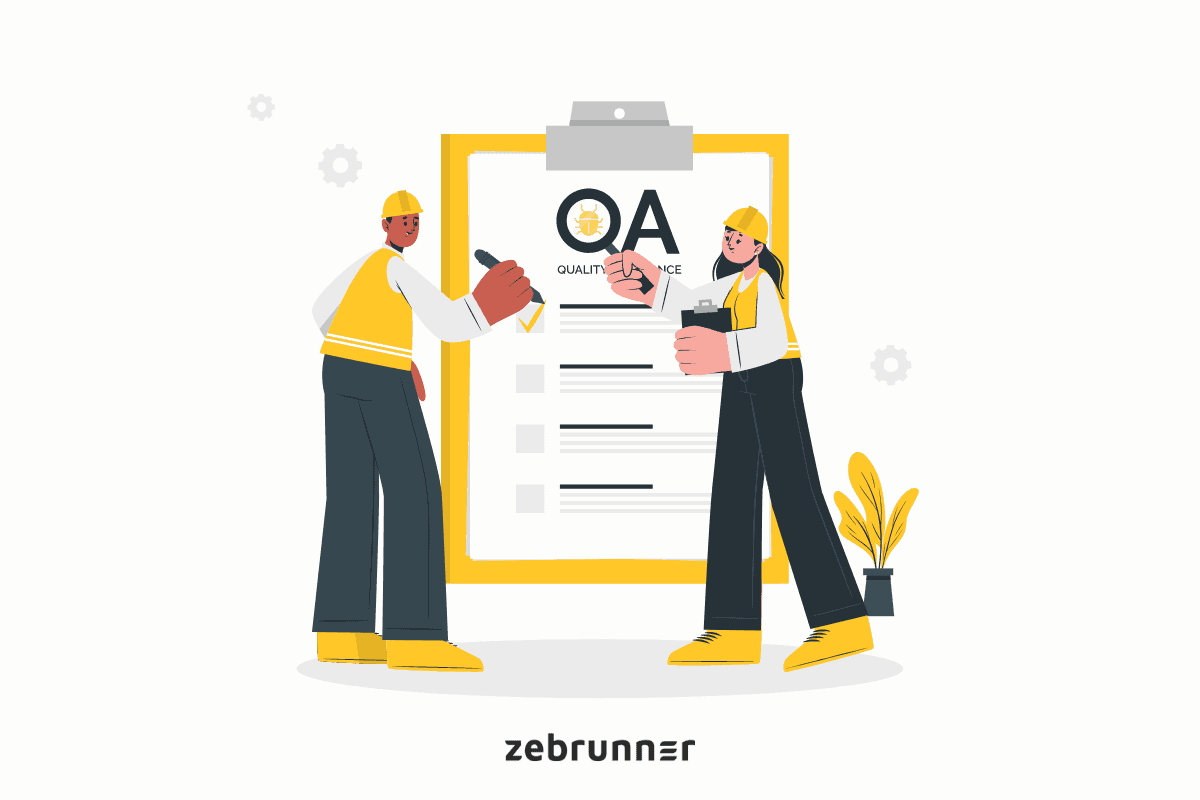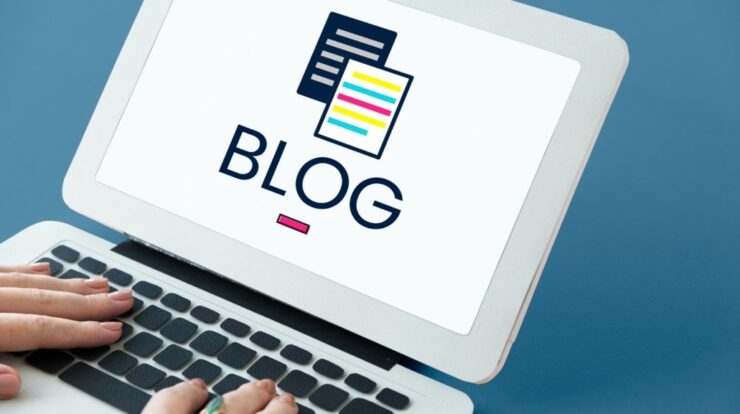
You almost always face limitations in your work in the quality assurance sphere. The most common restrictions are deadlines, a lack of engineers, and a budget. The QA strategy allows you to ensure the highest possible quality of the product. We find out which components you should include in this strategy.
What QA strategy is
The testing strategy is an idea about how the QA team will test a product and achieve project aims. This is a document with all QA activities of the project development. It gives you an insight into where and how to use testing in your SDLC.
Moreover, a testing strategy is a set of testing practices. By creating such a document you take advantage of your QA team’s previous testing experience. Every QA team member gets an idea about his responsibility.
QA workflow key points
The strategy is QA workflow related. Key levels of QA workflow include planning, design, realization, evaluation, and reports.
The planning stage includes the identification of essential testing goals. The design stage is about test scenario development. Having test scenarios you can write test cases. This way you enter the realization stage. The evaluation helps you verify if your system reaches the required quality degree.
Test results are the information not only for the QA team but for all stakeholders too. So you need to provide clear reporting that shows QA workflow progress. Zebrunner automation reporting helps you create a report with any metrics you need. You save your team time because the tool generates reports automatically. You choose metrics and get a report in minutes.
QA strategy components
There are some common components for most QA strategies.
1. The Testing Scope
The testing scope defines what you test and why. Let’s say you are developing a corporate messenger. In this case, you test all the functionality to ensure that everything works correctly. Furthermore, you verify that your app is loaded quickly and the authentication process runs smoothly.
2. Test Types
You should understand which testing types are crucial for your product. During the planning stage, make a list of the types of testing you use. Then decide which ones are most important for you. Here are some popular testing types:
- Installation testing. You check how your application starts and whether it is possible to work with it.
- Cross-browser and cross-platform testing. You analyze platforms and browsers your customers use to work with your app. Next, you verify the correct software work using emulators, simulators, and real devices.
- Functional testing. You check how the system or its component meets the specified requirements.
- Performance testing. You test the system at the largest load.
- Regression testing. You verify that the system is working as expected after changes in one of its components.
- Integration testing. You need to perform it when your app sends the data to another one.
- Localization testing. You verify that your app works in different countries.
3. Test Environment
Hardware and software shape the environment. You should take them into account in the QA strategy. You need to consider what kind of environment you need for testing. Let’s imagine you conduct beta testing sessions regularly. In this case, you need a stable environment.
4. Roles and Responsibilities
Roles and responsibilities are about our team’s capacity. With such information, you can predict how much time you need for testing.
Each member of the QA team must understand his role in the project. This is necessary because responsibilities can be different depending on the project. This way managers understand which QA competencies are critical. In addition, the responsibilities description shows the expected workload of each QA team member.
5. Testing Tools
Discuss what tools are needed for your project QA workflow. You need solutions for maintaining test documentation, test data preparation, and automated test execution. Try to find good all-in-one software that will simplify your teamwork.
Testing platform speeds up the testing process and makes it much more smooth and clear. Run 1000+ tests in parallel, get automated reports, and access any device you need through the cloud or on-premise.
6. Testing Metrics
Testing metrics help you to track your progress. Using them, you get analytical information about QA team efficiency and productivity, a percentage of passed and failed tests, and the project ROI. Define KPIs to measure the application performance. Clarify how statistics on the use of features will be collected, and how the team will track failures in the app.
7. Risks
You should know your risks and their possible damage to the project. For instance, the risk of losing internet connection is very likely to happen. So you need to check if the basic functionality will work offline. The same approach works with all risks. You determine the risk and ensure that the app responds correctly to it.
8. Priorities in Testing
Achieving 100% test coverage is neither possible nor necessary. You just need to verify that the application works and displays as expected for most users. In order not to get lost in the many necessary checks, prioritize. Check the most critical scenarios first.


